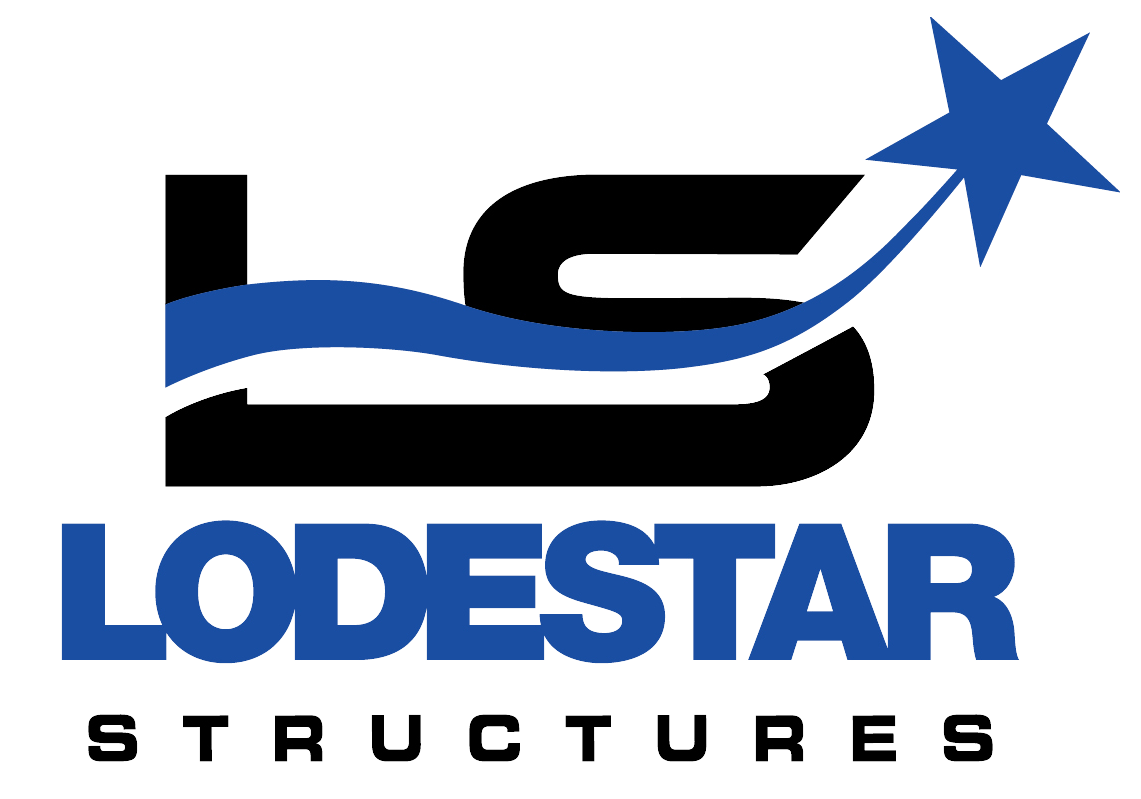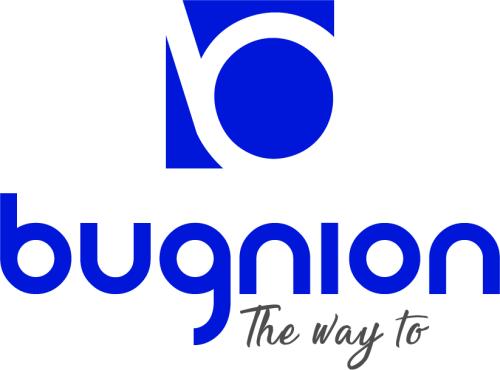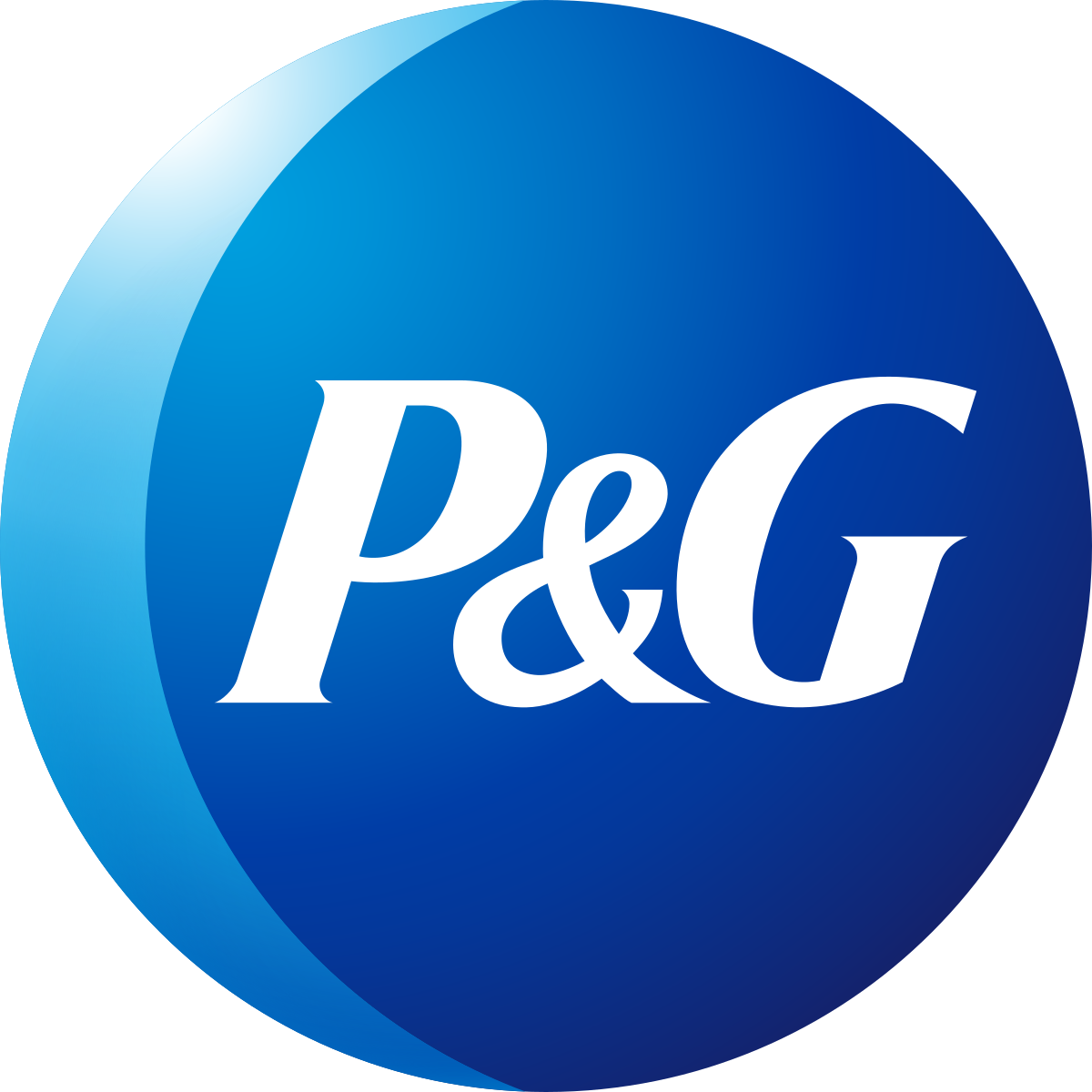Unique visual product designs are increasingly being used by companies to set their products apart from the competition. We often recognize a product solely by its unique shape. Think about some of the iconic industrial designs, including the shape of the Coca-Cola bottle, the original visual design of an iPhone, the sleek shape of a Lamborghini car, the rounded shape of the Volkswagen Beetle car, and the Sony Walkman, to name just a few.
Industrial designs are a form of intellectual property that protects distinct visual appearance and design elements of a product and may comprise of shapes, configurations, patterns, ornamentations, or a combination of these elements. Industrial designs do not protect a product’s functional or technical features, which are instead protected by patents. Industrial design protection can apply to a wide range of products, including consumer goods, furniture, packaging, automotive designs, electronic devices, and many more.
The purpose of industrial design protection is to prevent unauthorized copying or imitation of the unique visual aspects of your product’s design. By obtaining industrial design rights in Canada, you get an exclusive right to use your design for up to 15 years and prevent others from using your unique design without your permission, thereby maintaining a competitive advantage in the marketplace.
At MBM, some of our professionals specialize in industrial designs to fully grasp the complex nuances of industrial design law and practice in Canada. MBM helps clients through all the steps of protecting their industrial designs in Canada and worldwide, including enforcing their rights in cases of infringement.
What do we provide as part of MBM’s industrial design services?
- Conducting a similarity search
- Filing and prosecution of Industrial Design applications
- Drawings preparation
- Industrial design portfolio management, domestically and globally
- Filing and prosecution of The Hague System international applications
- Drafting cease & desist letters or demand letters
- Infringement analyses
- Industrial Design Dispute Resolution (negotiation, mediation, arbitration)
- Litigation
- Industrial Design transactional services:
- Licensing agreements and contracts
- Assignments of rights
- Purchase & sale agreements
How to get started?
MBM is happy to provide the initial consultation free of charge to help you first identify your specific intellectual property needs.
Book a Consultation

Clients We Have Worked With
What our clients say about us























